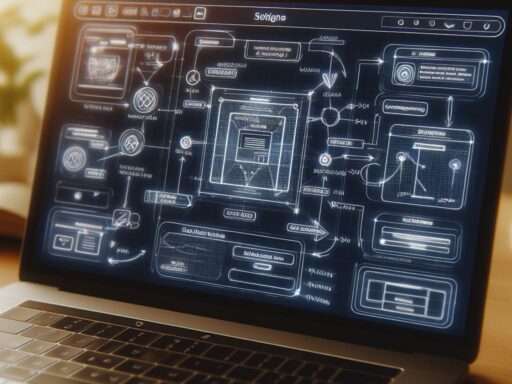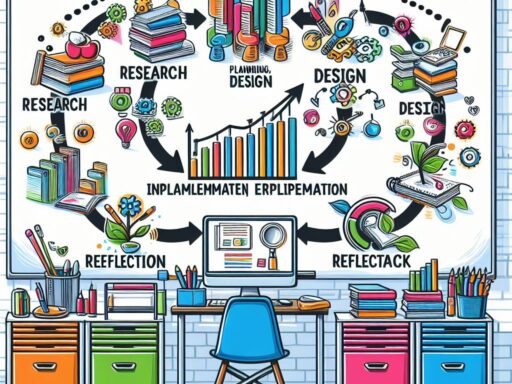The evolution of logo design is a fascinating journey that reflects not only changes in design trends but also shifts in cultural, technological, and economic landscapes. Here’s a detailed exploration of the topic:
1. Historical Roots:
- Begin by examining the earliest forms of logos, which date back to ancient civilizations such as the Egyptians, Greeks, and Romans. These early logos often consisted of symbols, glyphs, or emblems representing deities, rulers, or important societal concepts.
- Trace the development of medieval heraldry, where coats of arms served as visual identifiers for noble families, kingdoms, and institutions. These early heraldic symbols laid the groundwork for modern logo design principles.
2. Industrial Revolution and Corporate Identity:
- Explore how the Industrial Revolution and the rise of mass production led to the need for businesses to differentiate themselves in crowded marketplaces. This era saw the emergence of trademarks and logos as tools for brand recognition and consumer trust.
- Investigate notable examples of early corporate logos, such as the Bass red triangle (1876), Shell’s scallop shell (1904), and Coca-Cola’s Spencerian script (1886), and analyze their design elements and cultural significance.
3. Modernism and Simplicity:
- Delve into the influence of modernist design movements, such as Bauhaus and Swiss Style, on logo design during the early to mid-20th century. These movements emphasized simplicity, geometric shapes, and grid-based layouts.
- Discuss iconic logos born during this period, including the Volkswagen roundel (1938), IBM’s striped logotype (1956), and the Nike swoosh (1971), and examine how they epitomized the principles of modernist design.
4. Digital Revolution and Branding:
- Examine the impact of the digital revolution on logo design, including the transition from traditional hand-drawn techniques to computer-aided design (CAD) software.
- Analyze how advancements in printing and reproduction technologies expanded the possibilities for logo design, allowing for greater intricacy of detail and color.
5. Minimalism and Flat Design:
- Discuss the resurgence of minimalist and flat design aesthetics in logo design during the late 20th and early 21st centuries. These styles prioritized simplicity, clarity, and scalability, making logos adaptable across various digital and print media.
- Explore how companies like Apple, Google, and Airbnb embraced minimalist logo redesigns to reflect evolving brand identities and market trends.
6. Adaptation to Digital Platforms:
- Address the challenges and opportunities posed by digital platforms, such as social media, mobile apps, and responsive web design, in shaping logo design practices.
- Discuss the importance of responsive logo design principles, including scalability, legibility, and recognition across different screen sizes and resolutions.
7. Future Trends and Innovations:
- Speculate on future trends and innovations in logo design, considering emerging technologies such as augmented reality (AR), dynamic branding systems, and interactive experiences.
- Reflect on the evolving role of logos in an increasingly globalized and digitally interconnected world, where brands must navigate diverse cultural contexts and consumer preferences.





